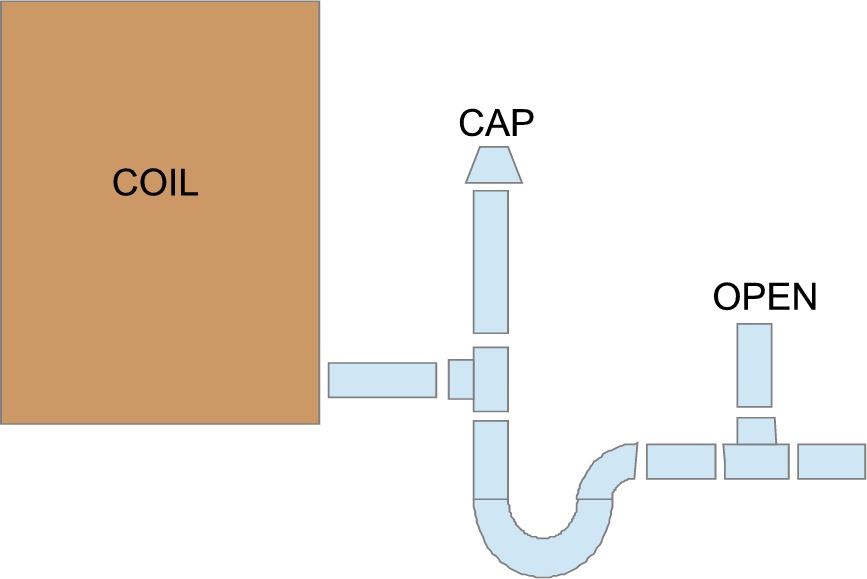|
Article ID: 82
Last updated: 27 Dec, 2016
HEAT PUMP CONDENSATE DRAINS Most heat pumps have the coil and the condensate drain on the "return" side of the blower. This means that the drain is in a negative-pressure cabinet. Since the drain is in a negative-pressure cabinet, it requires a TRAP in order to properly drain. DRAIN TRAP The purpose of the drain trap is to hold water in the drain line so air cannot be sucked through the drain back into the blower. Two reasons:
COMMON DRAIN PROBLEMS:
This article was:
Helpful |
Not helpful
Report an issue
Article ID: 82
Last updated: 27 Dec, 2016
Revision: 8
Access:
Public
Views: 322
Comments: 0
|
Powered by KBPublisher (Knowledge base software)

